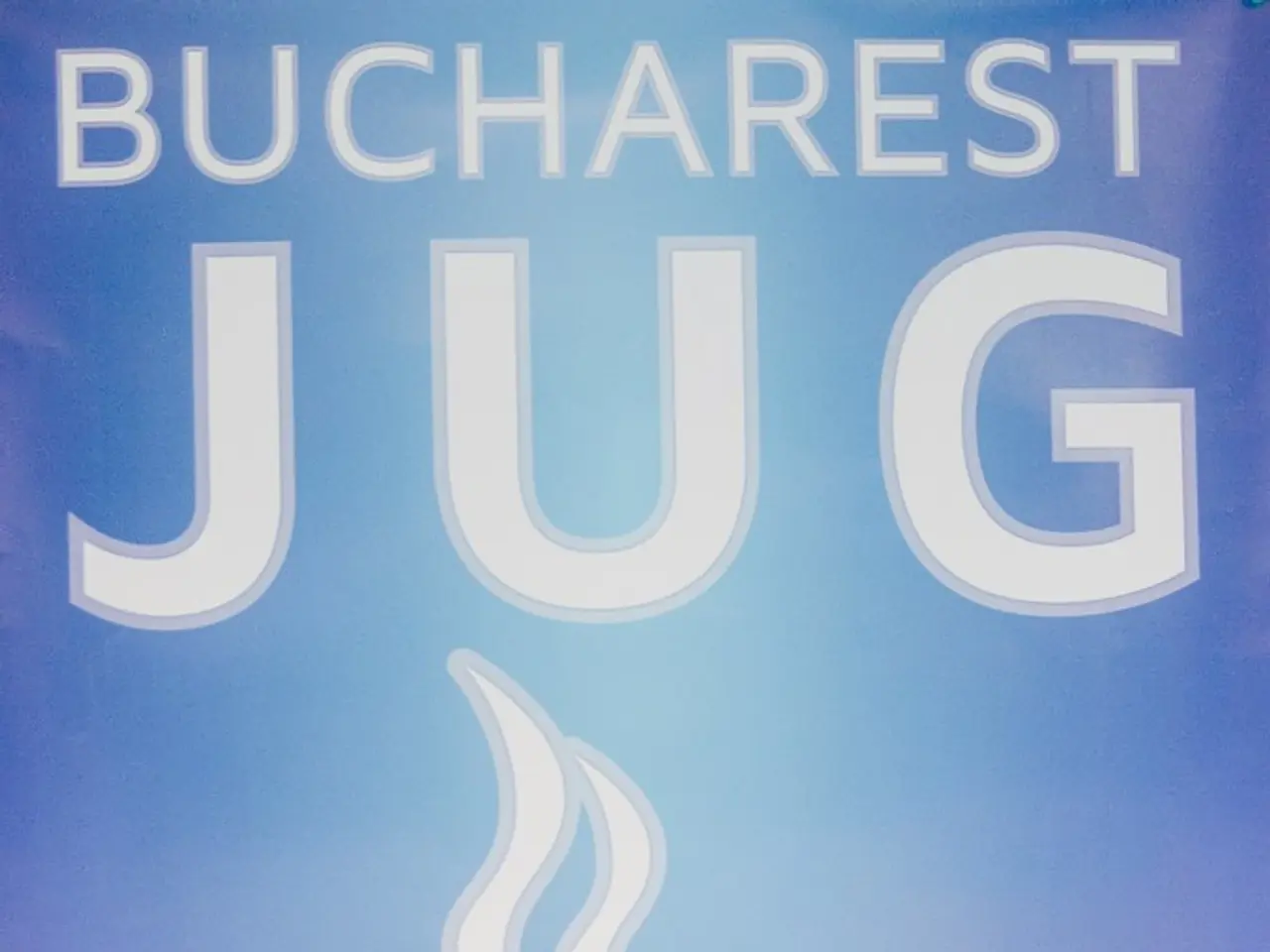Protecting Your Dividends from Tax Intrusion
Reduced Dividend Allowance Leads to Higher Tax Liabilities for UK Investors
The UK tax-free annual dividend allowance has been significantly reduced from £5,000 to £500, leading to increased tax liabilities for many individual investors and shareholders. This reduction, implemented before April 2024, means that only the first £500 of dividend income is tax-free outside of tax-advantaged accounts like Individual Savings Accounts (ISAs) [1][2][5].
Historically, the dividend allowance was introduced at £5,000 to reduce the tax burden on shareholders receiving income from dividends. However, the government announced the cut well in advance to allow taxpayers to adjust their affairs. The impact has been considerable, especially for those with dividend income falling between £500 and £5,000 annually [2].
The policy change aligns with broader fiscal tightening and was partly motivated to raise additional tax revenue, estimated at around £65 million per £100 cut in the allowance [5]. Dividend tax rates remain at 8.75%, 33.75%, and 39.35% depending on income tax brackets, as of the 2024-2025 tax year and going forward [1].
Many investors who previously benefited from the £5,000 tax-free dividend income now pay taxes on the bulk of their dividend earnings, leading to increased tax bills and a re-evaluation of investment strategies. The number of taxpayers paying dividend tax has surged, with 3.6 million expected to pay in the current tax year, compared to 1.8 million three years ago [6].
Tax-Advantaged Investment Options
To mitigate the impact of the reduced dividend allowance, investors are turning to tax-advantaged savings options like ISAs and Self-Invested Personal Pensions (SIPPs).
ISAs offer a tax-free environment for savings and investments, including dividends. You can set up an ISA with up to £20,000 in cash and buy investments like funds and shares within it [3]. Doing a Bed and ISA transfer could save you £15,000 in tax over a decade, according to research by Vanguard [4].
SIPPs offer flexibility in investment choices but have a withdrawal age of 55 (rising to 57 from 2028) [3]. Dividends received from investments within a SIPP are not subject to tax.
Other Considerations
Investing in Venture Capital Trusts (VCTs) at issue allows for 30% upfront tax relief, but the investment must be held for at least five years to keep the relief [3]. However, VCTs come with high risk and limited liquidity.
Transferring assets to a partner can reduce tax liabilities, particularly when one partner has large dividend payments pushing them into a higher tax band [2]. Accumulation units, which reinvest dividends without paying them out, still generate taxable dividends [1].
Looking Ahead
The freeze on income tax thresholds until 2028 will likely drag some investors into paying higher rates of dividend tax in future. HMRC expects to rake in £17.8 billion in dividend tax this tax year, compared to £14.7 billion in 2021/24 [6]. This regulatory change has reshaped tax planning for UK investors, making dividend income more costly in tax terms outside sheltered accounts [1][2][5].
[1] - https://www.gov.uk/government/publications/income-tax-rates-and-bands-2022-to-2023/income-tax-rates-and-bands [2] - https://www.ftadviser.com/2023/03/28/pensions/dividend-tax-changes-will-hit-many-savers-hard-warns-oscar-ryder/ [3] - https://www.moneyadviceservice.gov.uk/en/articles/tax-free-savings-accounts [4] - https://www.vanguard.co.uk/individual/insights/bed-and-isa-transfer-can-help-you-save-tax-on-your-dividends [5] - https://www.bbc.co.uk/news/business-64646930 [6] - https://www.gov.uk/government/publications/dividend-tax-and-capital-gains-tax-statistics/dividend-tax-and-capital-gains-tax-statistics-2023/dividend-tax-and-capital-gains-tax-statistics-2023#dividend-tax-statistics
- With the reduced dividend allowance causing higher tax liabilities for UK investors, individuals are turning to tax-advantaged savings options such as Individual Savings Accounts (ISAs) and Self-Invested Personal Pensions (SIPPs) to offset the impact.
- ISAs provide a tax-free environment for savings and investments, including dividends, with investors able to set up an ISA with up to £20,000 in cash and buy investments like funds and shares within it.
- SIPPs offer flexibility in investment choices, but with a withdrawal age of 55 (rising to 57 from 2028), dividends received from investments within a SIPP are not subject to tax.
- Although Venture Capital Trusts (VCTs) offer 30% upfront tax relief, they come with high risk and limited liquidity, which should be considered carefully before investment.




